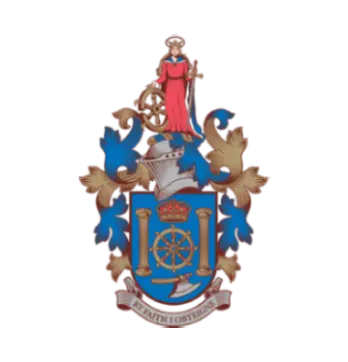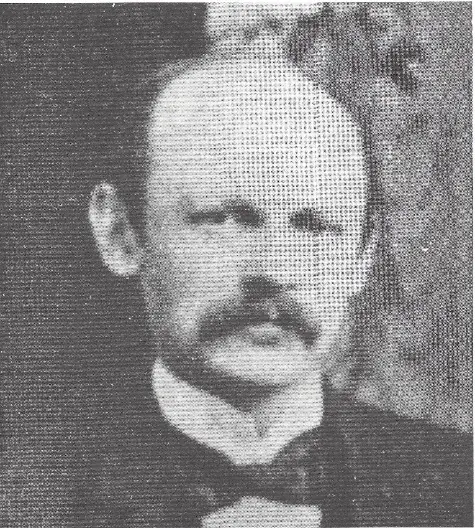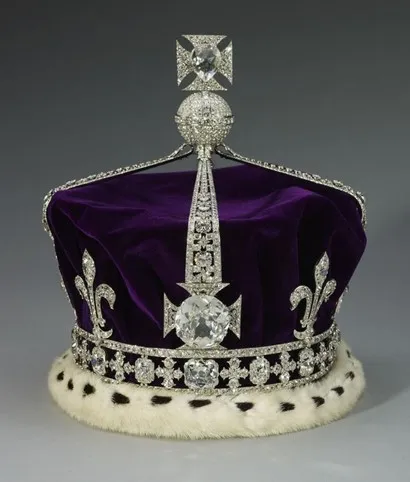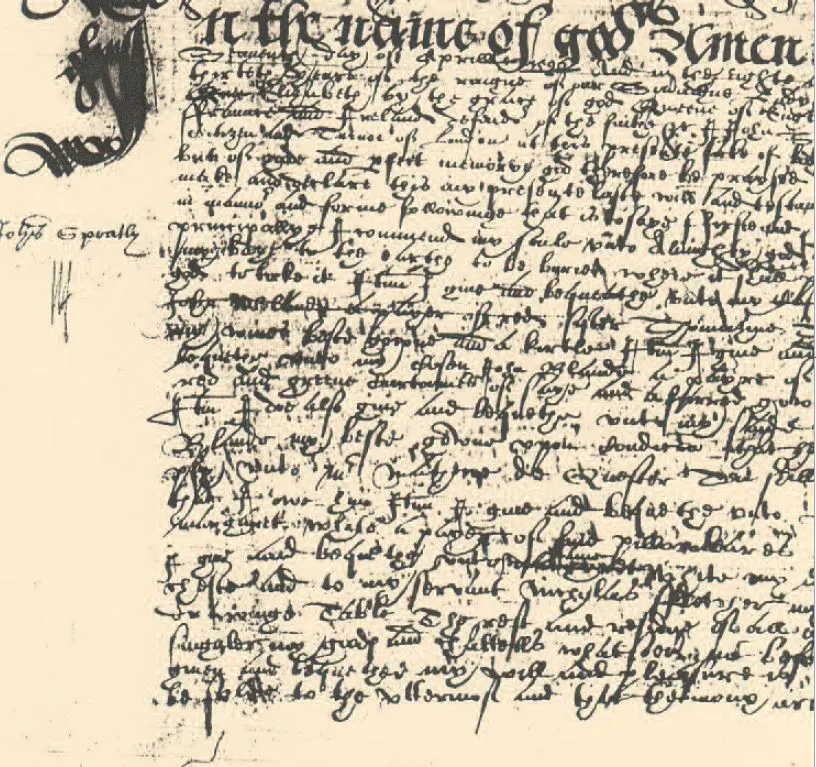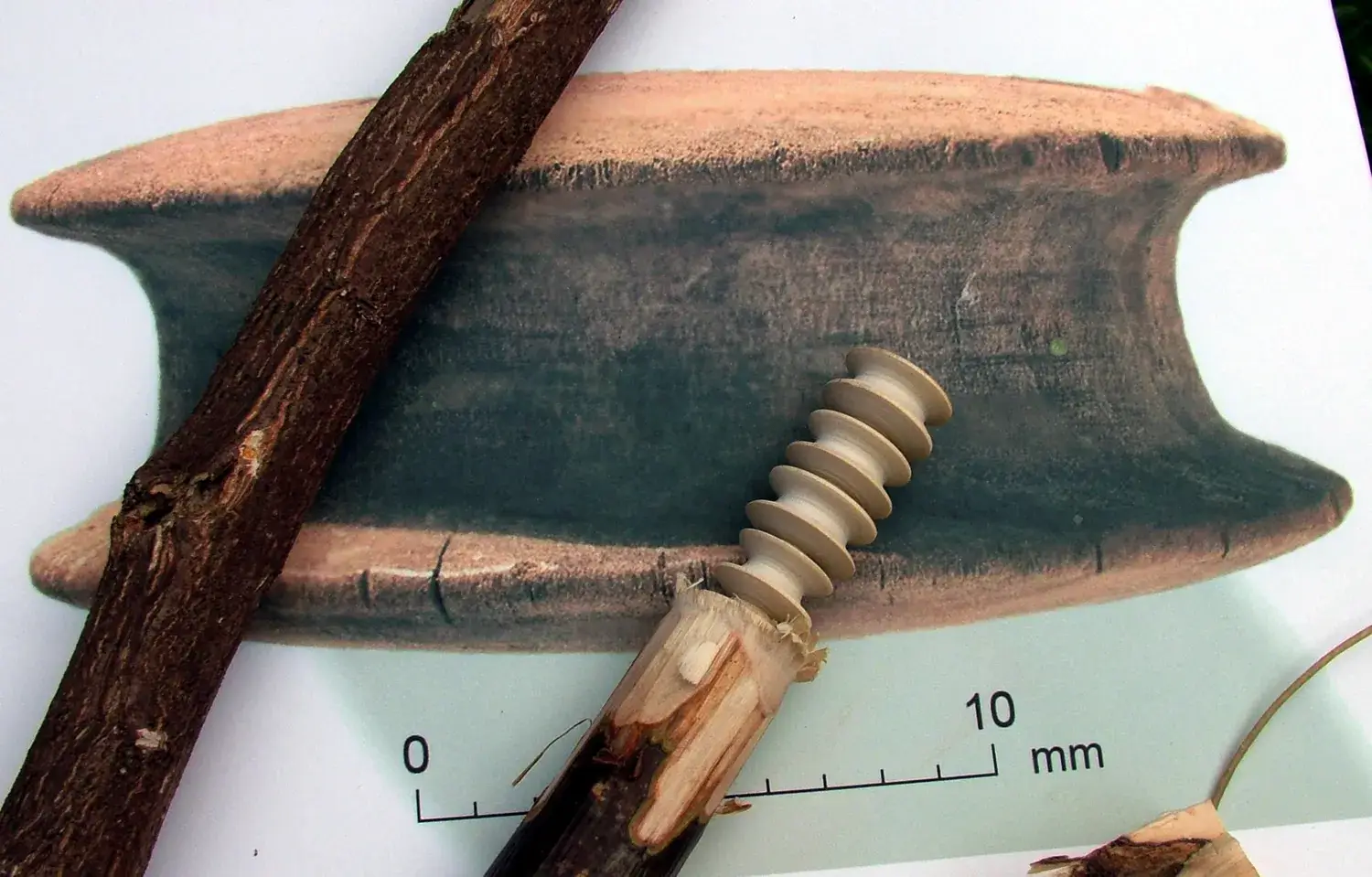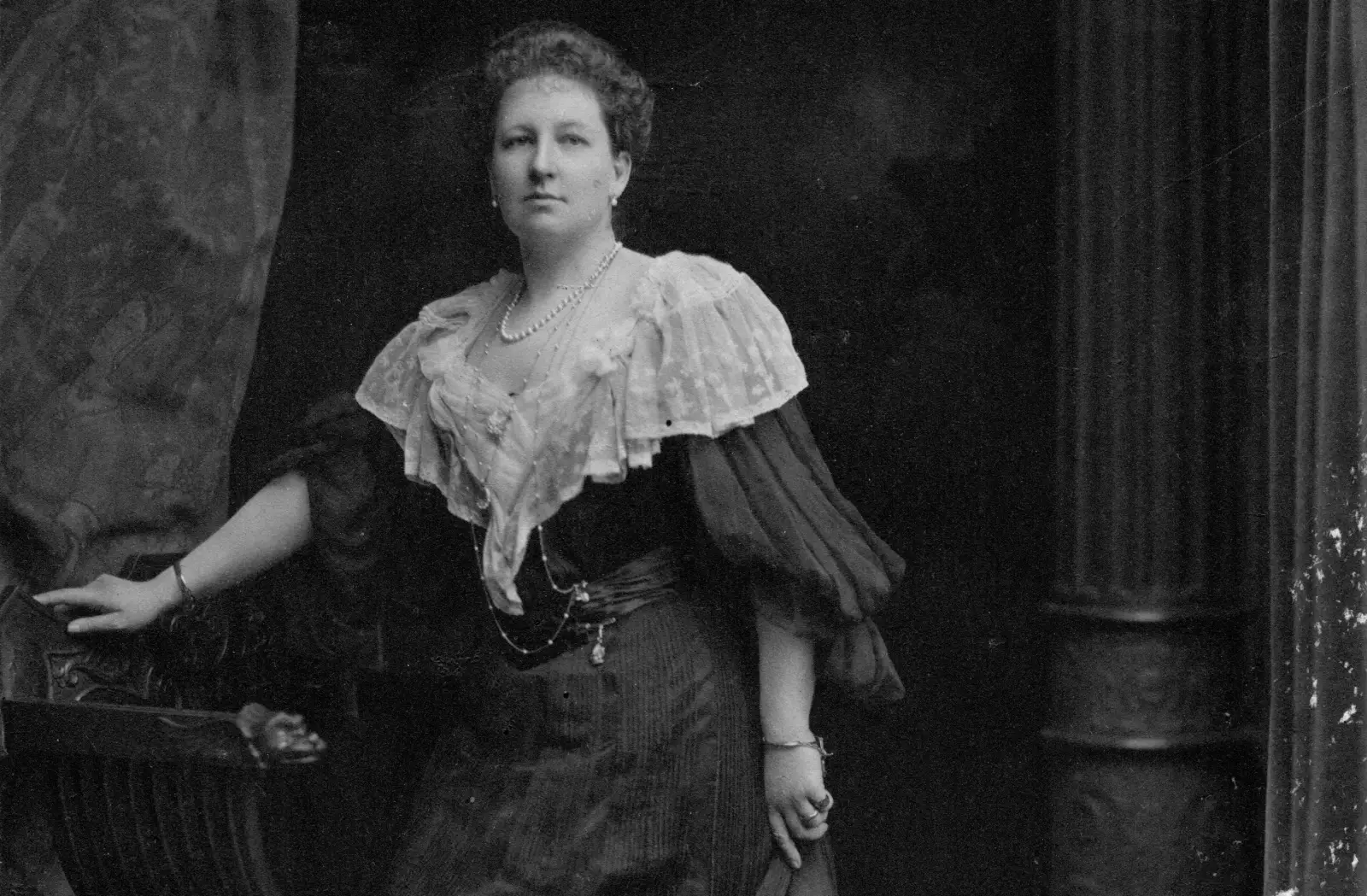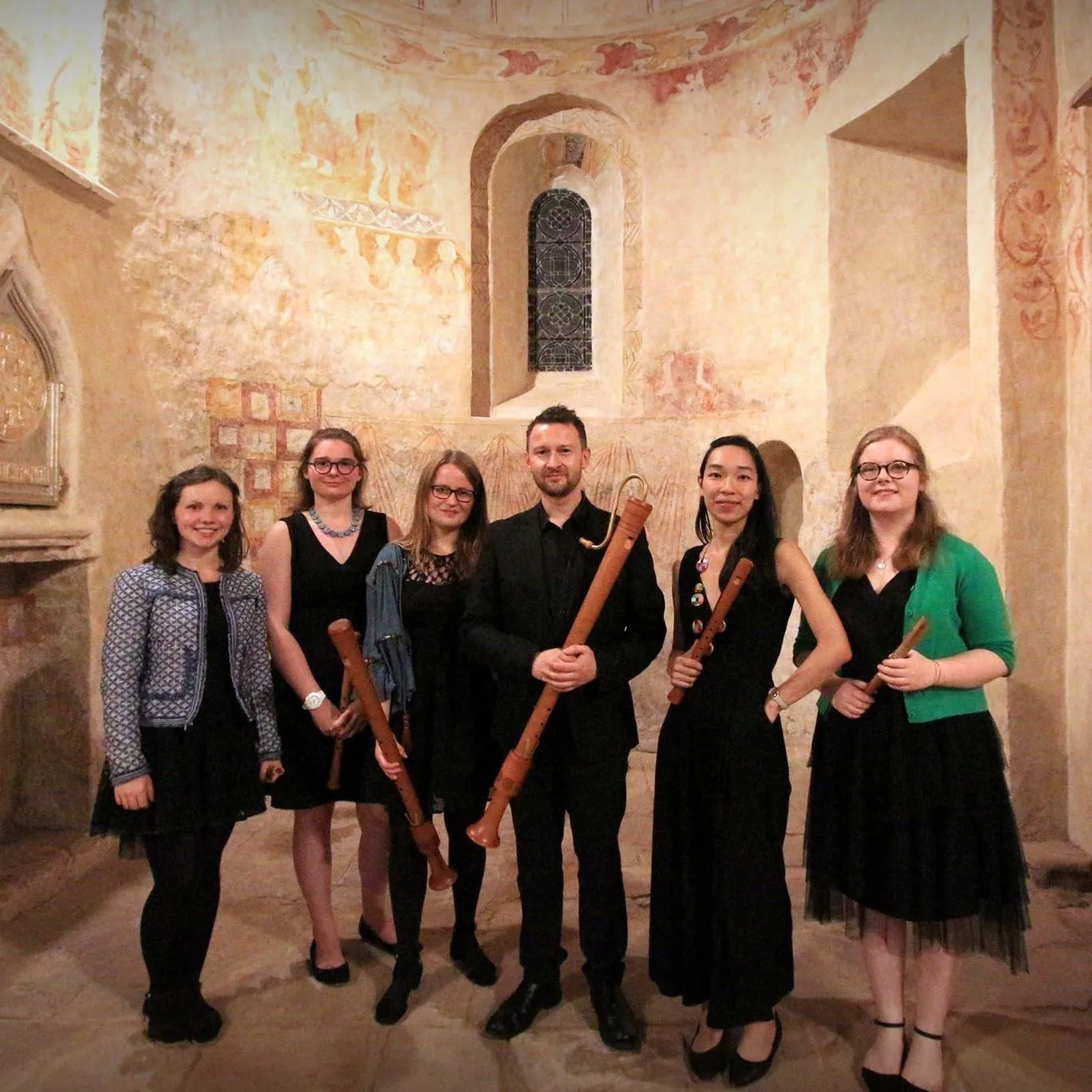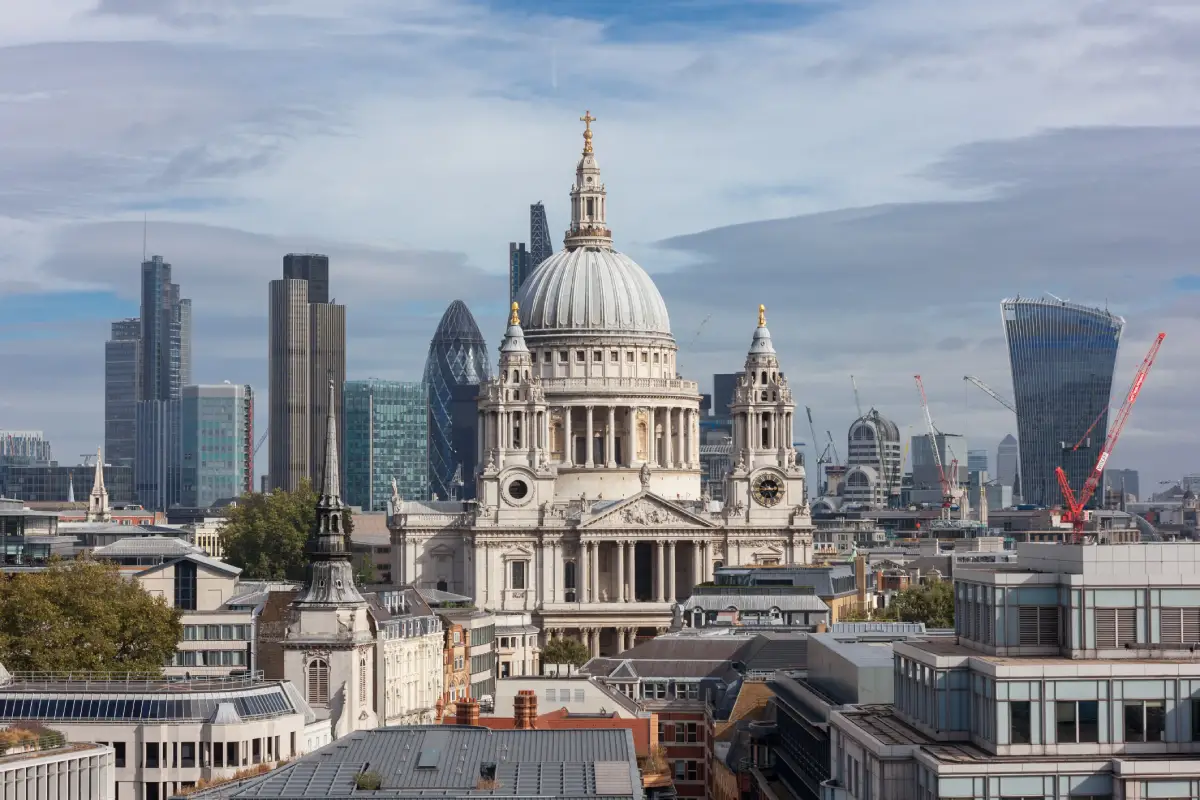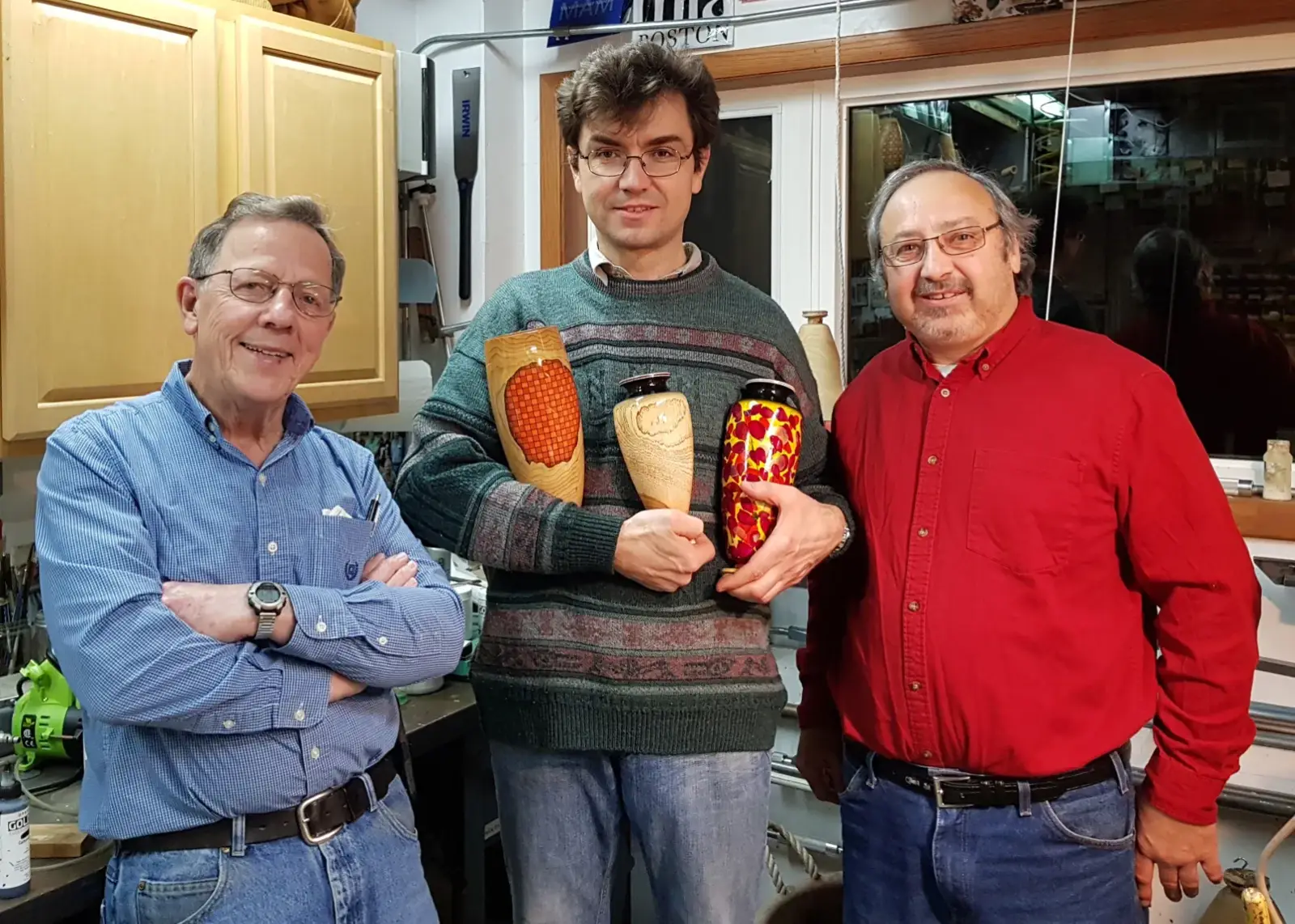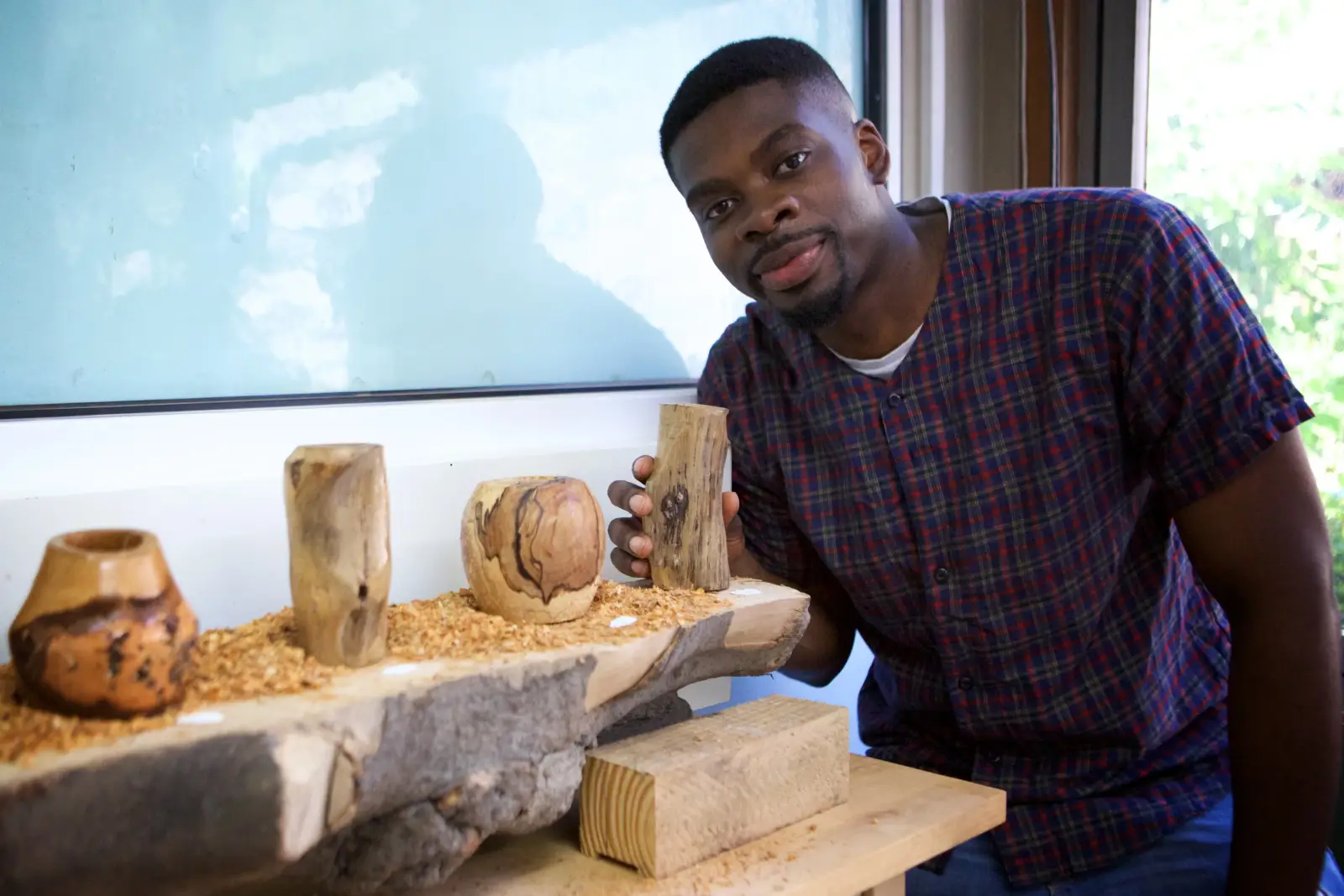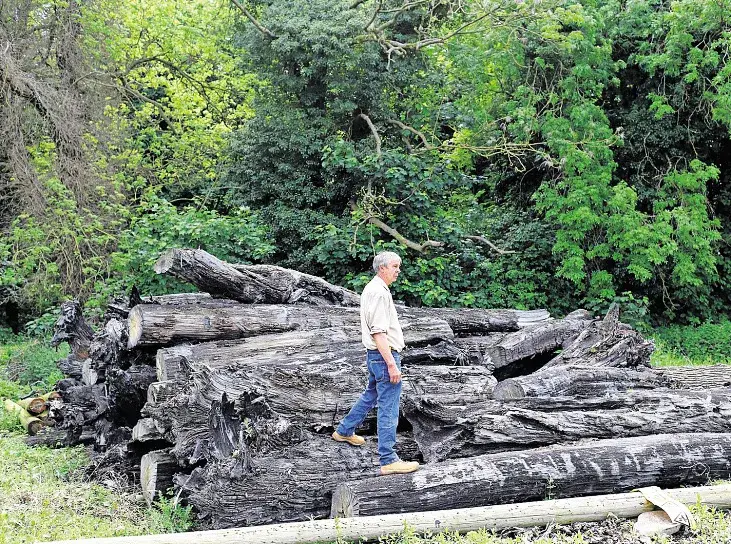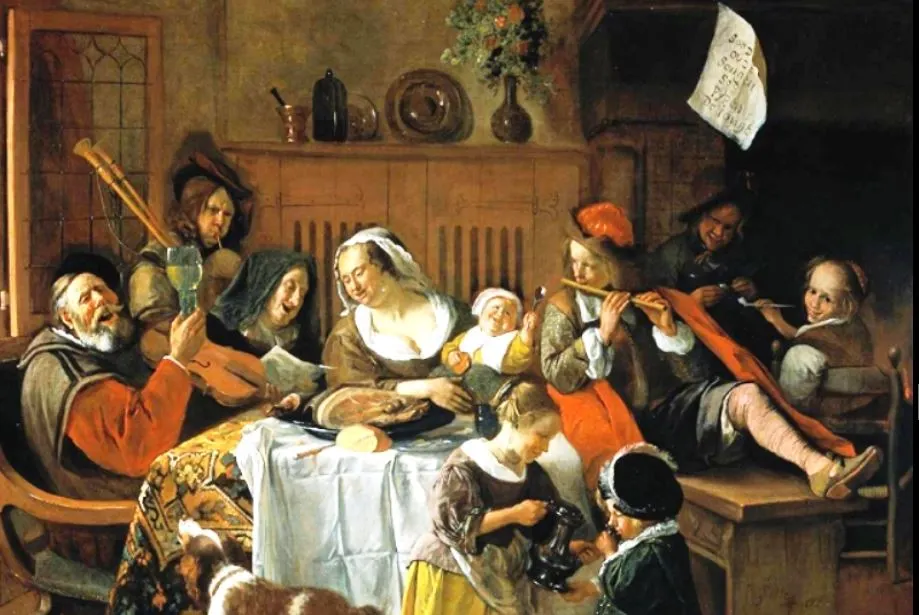“God did never make a more calm, quiet and innocent recreation than angling”
— so wrote Izaak Walton in his book The Compleat Angler, first written in 1653 and expanded many times up to his death in 1683.
It is the most frequently reprinted book in the English language other than the Bible. Izaak Walton delighted to teach beginners how to lure fish onto their angles – hooks as they later became known – with handmade artificial flies.

Turners with even a passing interest in fly fishing can take great pride in the Company’s association with the Ustonson Dynasty: Royal Warrant Holders and suppliers of fishing tackle to three British monarchs, George IV, William IV and Queen Victoria. A definitive book on collectable fishing tackle includes a whole chapter on the Ustonson Family and remarkably the name of the author is Graham Turner.
Onesimus Ustonson was Master of the Company in 1783 and his son John was Master in 1818. But this fisherman’s tale begins long before that – it begins in 1686. There’s a Turners’ Tale here too: never before told !
King James II of England
In 1686, with Restoration London still rebuilding after the Great Fire, William Bird was in his second year as the 43rd Master of the Worshipful Company of Turners. An aging James II, youngest son of Charles I and younger brother of Charles II, was bringing a curious incompetence to his brief occupation of the English and Scottish thrones. Determined to re-impose Roman Catholicism he doomed the House of Stuart, lost the confidence of Parliament and was soon to be ousted by William III of the House of Orange in 1688.
On the 1st September 1686 Robert Hopkins, the son of John Hopkins of Abingdon, was apprenticed in London to William Browne, Citizen and Turner. There is no record of either Robert Hopkins or William Browne in the published histories of the Turners’ Company. Robert Hopkins was probably 13 at the start of his apprenticeship – indentured to serve for eight years until he was 21.
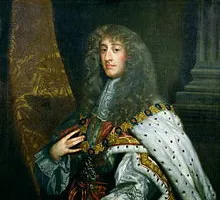
In 1700, when Richard Bullock was Master of the Turners’ Company, Robert Hopkins became the proprietor of a fishing tackle business, The “Fish and Crown” at 48 Bell Yard, Temple Bar – a narrow street still running between Carey Street and Fleet Street in the Parish of St Dunston. The shop was only a few doors away from the old Fleet Street address of Izaak Walton’s ironmongery business, and Izaak Walton had been a Church Warden at the nearby Church of St Dunston in the West.
On the 4th November 1713 William Oliver of Kelton in Northamptonshire, son of Richard Oliver, Baker, was apprenticed in London to Robert Hopkins, Citizen and Turner, for seven years. Four years later on the 5th March 1717, John Herro, son of John Herro, Barber Surgeon, late of Chertsey, was also apprenticed in London to Robert Hopkins Citizen and Turner, for eight years. Two apprentices serving together – business at the “Fish and Crown” was clearly prospering from the popularity of angling with the English gentry.
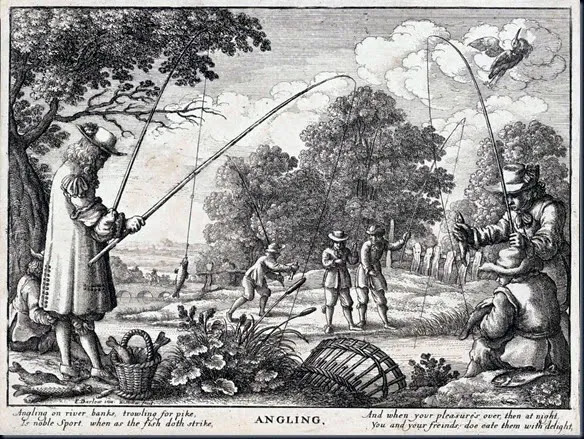
In 1730, when William White was Master of the Turners’ Company, John Herro took over the “Fish and Crown” business from its founder, and his former Craft Master, Robert Hopkins. Fishing tackle were luxury goods in the 1730’s. Turners made rod ends, reels, floats and priests (for performing last rites!) and there was a thriving export market to America to add to the domestic market to the aristocracy and gentry.
On the 22nd April 1749 Onesimus Ustonson, the son of Thomas Ustonson, Tailor, of the Parish of St Giles in the Fields was apprenticed for seven years in London to John Herro, Citizen and Turner, owner of the Fish and Crown. A published family history by Roger Atkinson shows that Onesimus Ustonson was born in Aldenham, Hertfordshire in April 1736 so he was apprenticed at aged 13. His elder brother Samuel was apprenticed to Charles Hostage, Citizen and Joiner, for seven years, and a younger brother Charles Ustonson was later apprenticed to Joseph Draycott, also a Citizen and Joiner, for seven years. There was clearly more work for Joiners than Turners even in those days.
Onesimus Ustonson took over John Herro’s fishing tackle business in 1760, now run by three successive generations of Turners, and on the 5th November 1766 Frances Lapworth, son of William Lapworth late of Reading in the County of Berkshire, Cooper deceased, was apprenticed to him for seven years.
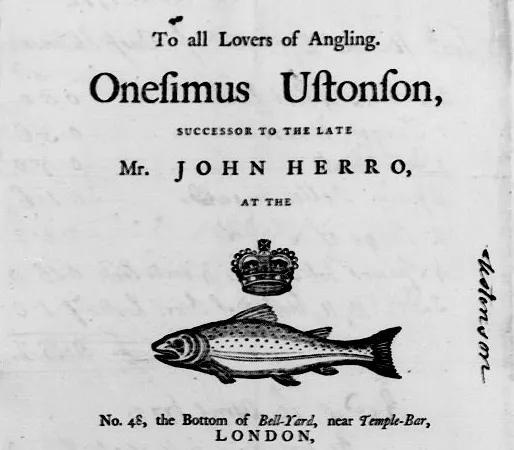
In 1770 and under his own name Onesimus republished a book on angling previously published by John Herro:

It was also in 1770 that Onesimus Ustonson created his revolutionary multiplying winch. It was the state of the art reel at the time and is now much sought after by American collectors – changing hands for many thousands of dollars.
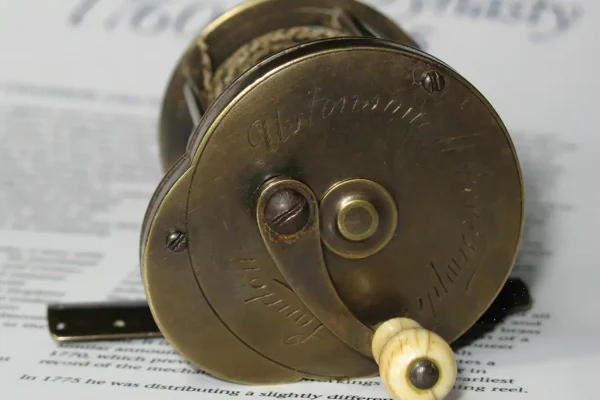
In 1772 he supplied goods for Captain Cooks 2nd Voyage of Discovery to the Southern Hemisphere. Onesimus Ustonson was elected Renter Warden of the Turners Company in 1779, Upper Warden in 1780 and then Master in 1783 by which time the fishing tackle business started by Robert Hopkins had been established for over 80 years.
In 1785 The Anglers Assistant: being an epitomy of ye whole Art of Angling, by Onesimus Ustonson, was published in London by J Wilkinson.
On the 4th August 1784 Thomas Onesimus Ustonson, eldest son of Onesimus Ustonson, Citizen and Turner, was apprenticed to his father in London for seven years and in 1792 the business became known as Ustonson and Son. Records clearly show that Thomas was active in the business’s commercial affairs.
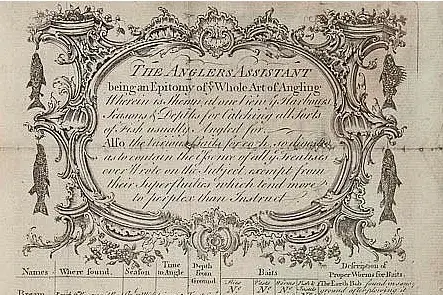
In 1799 John Staples Ustonson, the 4th son, was elected to the Freedom of the City of London by Patrimony, aged 22. In 1804 he was described as a “silver spectacle maker” – or optician – and in 1818 he was elected Master of the Turners’ Company. Unaware perhaps of any connection with the family fishing tackle business, the Turners’ history writes of John that he was “less obviously suitable to teach the craft of turning”.
On the 6th April 1803 Charles Ustonson, 3rd son of Onesimus Ustonson, Citizen and Turner, was also admitted to the Freedom of the City of London by Patrimony. Born in 1775 Charles took over the family’s fishing tackle business in 1815 and after his death in 1822 his widow Maria became the sole proprietress and traded on as Maria Ustonson. She married the portrait painter William Armfield Hobday in 1830 and thirdly to Robert Joy in 1833.
From her first marriage she had a son Joseph who went into the business but young Joseph Ustonson, Fishing Tackle Maker, died aged 32 and left his few effects to his mother, Maria Hobday, in his will. Joseph is buried in the Parish Church of St Dunston in the West. Maria’s step-son initially worked as an apprentice in the fishing tackle shop however he left and went on to become the famous painter George Armfield specialising in portraits of dogs.
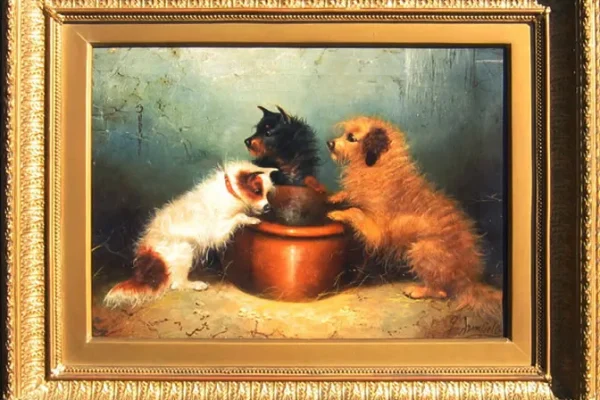
The Turners’ Company History refers to Maria Ustonson as the widow of John Ustonson, Master, but this is not correct. She was the sister in law to Master John Ustonson and was elected as a Liveryman in 1830 on the death of her husband Charles.
Liveryman Maria Ustonson now had a clear claim to be part of the Ustonson Dynasty and took the family name to its greatest heights. She presided over a business which had been in the hands of members of the Turners’ Company for some 150 years. On June 1st 1824 Maria Ustonson became Royal Warrant Holder to King George IV and was reappointed by William IV on his succession. Quality custom built reels supplied at that period were marked in script with the words “Ustonson Maker to His Majesty, Temple Bar, London”.
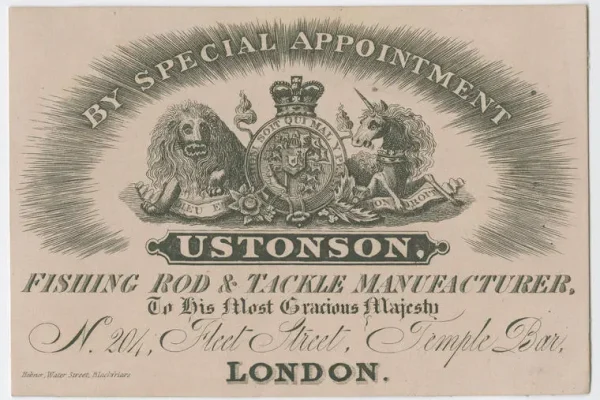
Later appointed to Queen Victoria the markings were changed to “Ustonson Maker to the Queen, Temple Bar, London” and continued in that style until 1848 when it became Ustonson and Peters. Peters finally dropped the Ustonson name in 1856 and Maria died in 1857 – the only Liveryman of the Worshipful Company of Turners to have been awarded three Royal Warrants.
The Ustonson legacy of fishing tackle hand crafted by Turners lives on to this day.
John Bridgeman CBE TD DL
Master
The Worshipful Company of Turners
2014 – 2015
